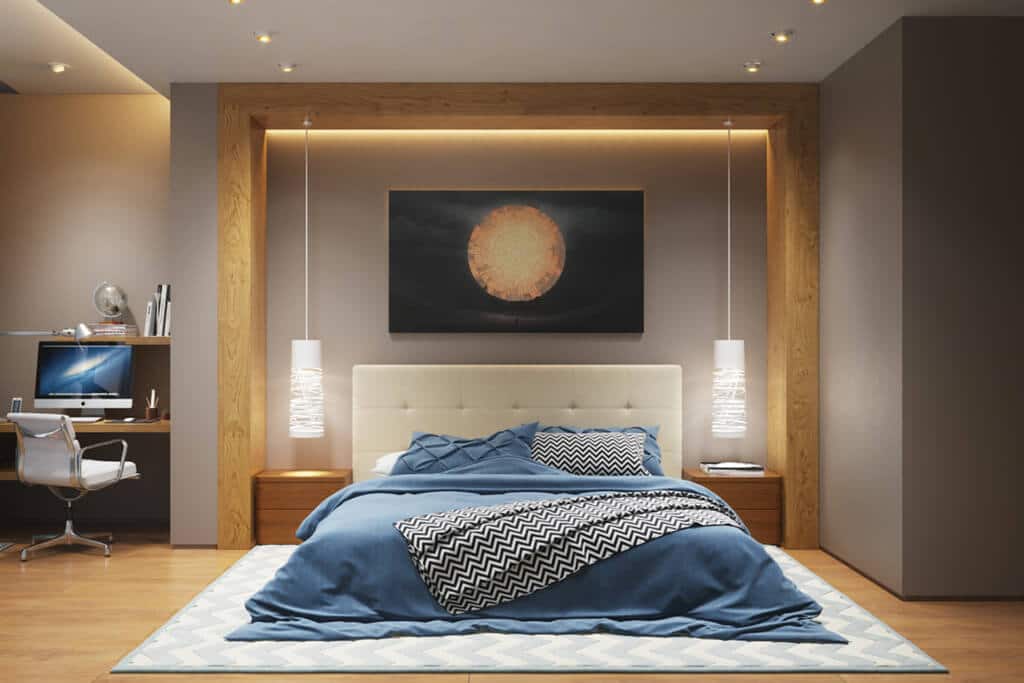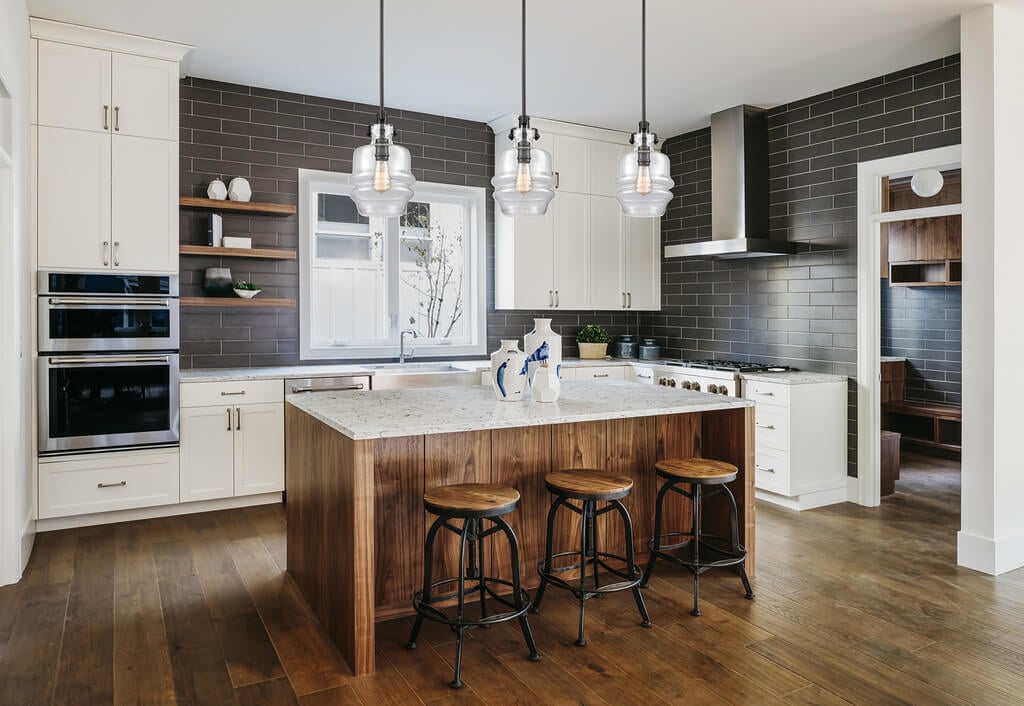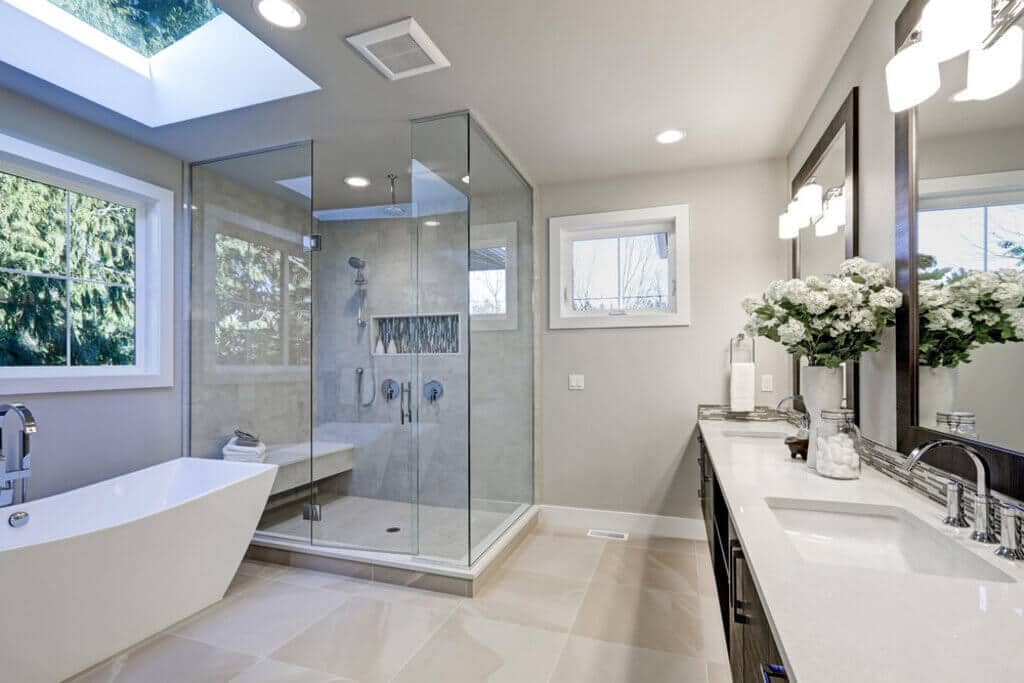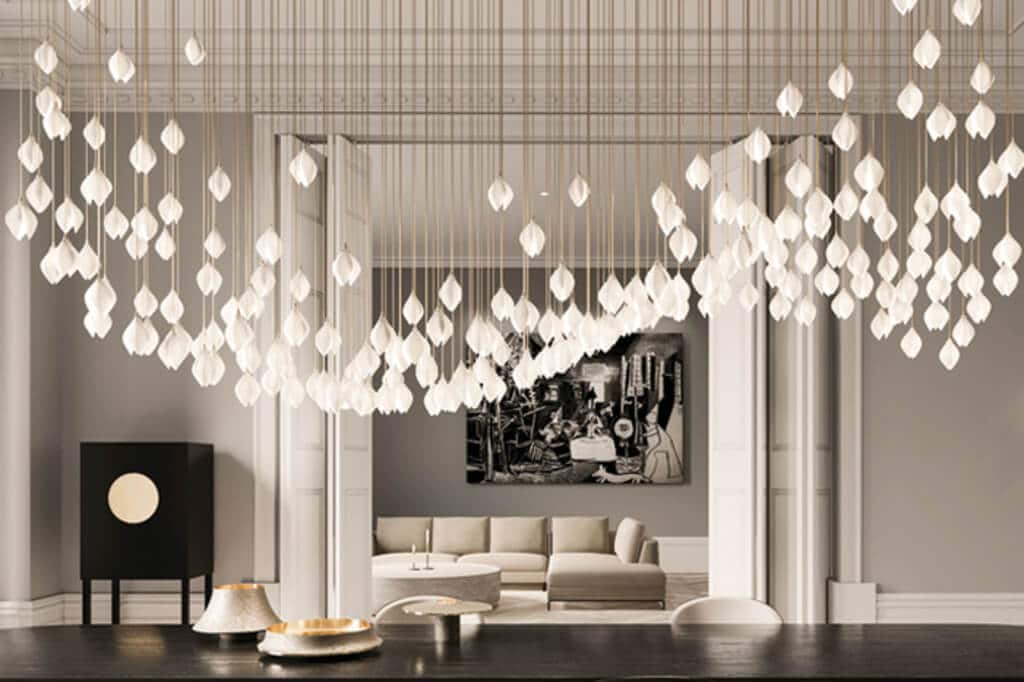Are you taking up a home design project soon?
Whether you’re designing a new house, renovating an existing home, or simply looking for easy ways to transform your living experience in each room, lighting is among the most important to have a keen eye on.
As a décor element, the types of indoor lighting and accessories used can have a profound impact on your entire design. But that’s not all!
Apparently, the lighting in a home design can also impact one’s sleep cycle, mood, comfort levels, safety, and even posture. This is why designing your home around healthy lighting is crucial, which this article seeks to shed some light on.
What Is Healthy Lighting And Why Do You Need It?
Tons of credible research sources have shown that poor lighting can have several negative effects on one’s convenience, health, and overall wellness. While studying or working from a poorly-lit station (with inadequate light), for instance, you are more likely to experience visibility difficulties, discomfort, and eye strain.
On the other hand, excessive exposure to bright white or blue light may negatively affect your circadian rhythm (which regulates sleep) and may cause eye fatigue. It is also thought to elevate stress levels and it can even impede your overall comfort level.
This is not to mention the stress you may have to handle when paying hefty electric bills caused by high-energy-consuming light bulbs!
Simply put, healthy lighting can be defined as lighting that:
- Is energy-efficient
- Generates only the amount of light you require
- Has low-humidity
- Doesn’t cause straining or eye-fatigue
Healthy Lighting Solutions for Different Rooms
You might already know that different rooms in the home will have different lighting requirements. So, let’s see below, the various lighting solutions you could use for each room for a healthy home design.
1. Bedroom Lighting

The bedroom can have various types of lighting, from pendants to standing lamps, sconces, and even recessed fixtures. Dull lights are a staple in many bedrooms, but you can also have lights that dim down at night when you’re about to take a night nap.
Some prefer it softer and lighter at the head of the bed, and darker and richer at the foot of the bed.
Access to natural light from the bedroom window is a great way to start your day energized and revved up. The most important element here according to a recent lighting podcast is how your lighting affects your circadian rhythm and perhaps how much control you have.
2. Kitchen Lighting

Besides elegance, visibility, and safety are paramount in the kitchen. The last thing you want is a kitchen that’s dull or too dark for you to differentiate between your finger and the ingredients while on the chopping board.
If you’re often in the kitchen during the day, you’ll do well with a decent supply of natural light from outside. You can also go for ceiling-mounted LEDs that are energy-efficient. These can replace the harsh overhead lighting in the kitchen, providing you with a pleasant ambiance.
3. Bathroom Light

In most people’s homes, the bathroom doesn’t take much focus when it comes to lighting. But it’s one of those places you go for a decent dose of relaxation and relief, probably.
Moreover, most people use it for their day-to-day grooming and beauty activities like applying makeup, shaving, and everything in between. This is why when designing or planning a remodel for your bathroom, you should know that lighting can make a big difference.
While a single fluorescent tube or LED bulb on the ceiling can manage, you can have different economical lighting fixtures in areas where you need the utmost illumination for safety and convenience, like atop a mirror.
Recessed, high-efficiency bath lights with a frosted lens are good for providing even light throughout the space.
4. The Living Room

For those who prefer the soothing atmosphere in the living room, you can have soft and low-humidity lighting designed to be seen clearly without strain or discomfort.
Not only will your lighting be better suited for your eyes and help them focus better on the Television screen, but low-humidity, eco-friendly light bulbs can also help ensure a comfortable viewing experience. Dimmable incandescent and halogen bulbs are also available if TV time is a priority for you.
5. Workspace/Study Desk Lighting

The best type of lighting for your home study or workspace may vary depending on various factors.
Do you have a secluded home office space from the rest of the rooms or do you work from your living room? Do you live alone or do you share your space with other dwellers?
In either case, you can never go wrong with task lighting. It allows you to monitor the amount of light in the room while working, ensuring that you’re able to focus on your work.
Even if you’re the only one in the room, task lighting solutions such as a LED desk lamp are an excellent option as it helps you avoid the inconvenience of having to crank up the overhead lamp and move around the room.
Conclusion
Regardless of the stage of your life or how many rooms you have, lighting is one of the most essential elements in any home. Your home lighting choices can affect your health in various ways alongside its decor.
The above tips can provide you with a starting point for finding out which types of lighting are best for you, ultimately making a smart choice will make your home that much easier to manage.
Keep reading:

